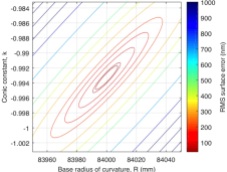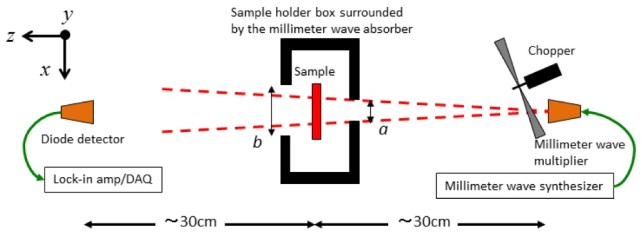http://arxiv.org/abs/1703.00001
An optical etalon illuminated by a white light source provides a broadband comb-like spectrum that can be employed as a calibration source for astronomical spectrographs in radial velocity (RV) surveys for extrasolar planets. For this application the frequency stability of the etalon is critical, as its transmission spectrum is susceptible to frequency fluctuations due to changes in cavity temperature, optical power and input polarization. In this paper we present a laser frequency comb measurement technique to characterize the frequency stability of a custom-designed fiber Fabry-Perot interferometer (FFP). Simultaneously probing the stability of two etalon resonance modes, we assess both the absolute stability of the etalon and the long-term stability of the cavity dispersion. We measure mode positions with MHz precision, which corresponds to splitting the FFP resonances by a part in 500 and to RV precision of ~1 m/s. We address limiting systematic effects, including the presence of parasitic etalons, that need to be overcome to push the metrology of this system to the equivalent RV precision of 10 cm/s. Our results demonstrate a means to characterize environmentally-driven perturbations of etalon resonance modes across broad spectral bandwidths, as well as motivate the benefits and challenges of FFPs as spectrograph calibrators.
J. Jennings, S. Halverson, R. Terrien, et. al.
Thu, 2 Mar 17
41/44
Comments: 13 pages, 7 figures, submitted to Opt. Express


























































































